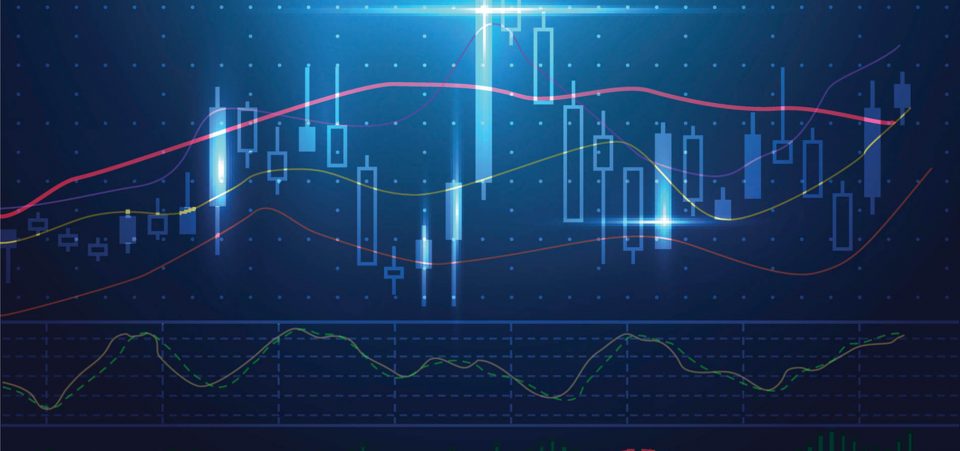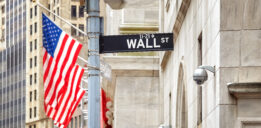Prepare for a Possible 10% Market Correction in Fourth Quarter 2017
It’s impossible to pinpoint the extent of the next stock market correction. But, history and present events suggest a major one is coming. A correction is due and it will likely occur in the final quarter of 2017. Some of the world’s most successful investors have been issuing dire warnings about the markets for months. They are about to be proven right.
The coming market correction could be significant. It might even make it to the pages or tablet screens of the next generation’s history books. This is hardly hyperbole. Serious and balanced investment advisers, responsible for decisions affecting tens of thousands of people, have started to express doubts about the market. The doubts are just a few market sessions away from turning to fears of a U.S. stock market correction in 2017.
Bank of America Merrill Lynch’s top investment strategist Michael Hartnett has expressed some of those fears. He warned that the market could see a “significant correction” in the final quarter of 2017. Nobel laureate Robert Shiller has also been warning about the fact the market is treading along a scary path. (Source: “A ‘meaningful’ market correction is close, says widely followed strategist,” CNBC, August 4, 2017.)
There is an overwhelming sensation that stocks are overvalued. It’s always too late to retreat when the stock market correction indicators accumulate and the sensation graduates to proof. That’s when corrections and crashes of the kind that alter the economy occur. Such market barometers as Shiller’s own, including the Shiller price/earnings (P/E) index are already sounding alarm bells.
Then there’s the volatility index (VIX). For too long it has trended towards the low side. But, by the end of the first week of August, it made a major move towards the high side. The VIX surged 44% on August 10. Bond king Jeff Gundlach, who has earned a reputation for uncanny accuracy, plans to bank on rising volatility and a retreat of stock valuations. (Source: “Why Gundlach says ‘coiling’ markets could spark a volatility surge,” MarketWatch, August 9, 2017.)
Investors Have a Short Memory
Investors seem to forget that stocks can go down as much as they can go up. Downtrends are harder to control. They have a certain “gravity” that makes it hard to break their fall. It so happened in October 1929, for example. The summer of 1929, stocks were flying and the Dow was running at record or near record highs.
But, in a matter of a few sessions starting on October 24 and culminating on October 29, 1929, the Dow Jones Industrial Average lost over a third of its value. But the worst was yet to come. After recovering slightly in 1930, the Dow went into a steady slide starting in January 1931 at about 170 points, culminating at record low of 41.22 on July 9, 1932. It signaled a year-long slide of over 89%!
One of the triggers of the coming market corrections comes from Asia; the escalation of tensions between American president Donald Trump and the leader of North Korea Kim Jong-un. That has certainly served to boost the likelihood that a stock market correction is coming. The war of words between the two warlords frightened many investors.
The tensions over North Korea have been deflected for the time being. North Korea’s leader has pulled back, saying he wants to give Trump a chance to offer a solution. But Kim has not suggested in any way that an attack, including one using a nuclear weapon, is off the table. Meanwhile, Japan and the U.S. have intensified military collaboration. There’s even been talk of the U.S. deploying nuclear warheads in Japan to deal with North Korean threats.
Sooner rather than later, the threat of wars and the disruptions they bring will convince those sitting on the fence about correction fears to embrace the concerns. They will take the opportunity to liquidate large chunks of their portfolio, perhaps switching to traditional fallbacks—in such situations—as gold.
Investors might gamble. The question is, in case of a market correction on Wall Street, will it remain as such or will it spiral into a bear market and even spark a recession? This fear will intensify as the final quarter of 2017 approaches. And that’s why all the major stock markets, including Toronto, have followed suit. But, the market has been rising since 2009. The surprise effects and the overall gloomy geopolitical climate will spread from Wall Street to the rest of the world’s financial capitals, triggering another global recession.






